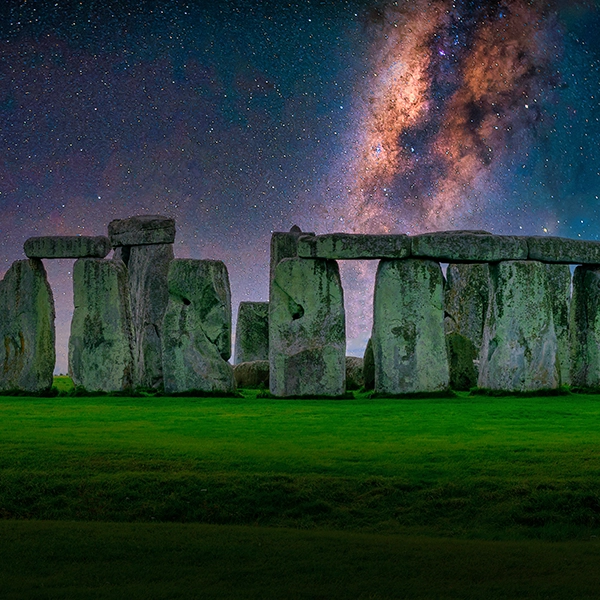What Was Stonehenge Used For?

Stonehenge, one of the world's most famous prehistoric monuments, captures the imagination with its sheer size, construction, and the mystery surrounding its purpose. Located in Wiltshire, England, this iconic stone circle was erected approximately 4,000-5,000 years ago, in the late Neolithic and early Bronze Age. But what was this massive megalithic structure used for? Various theories have been proposed over the years, each contributing a unique insight into the life and beliefs of prehistoric humans.
What Was Stonehenge Used For?
The Astronomical Theory
The location and arrangement of the stones at Stonehenge suggest a strong correlation with astronomical events. It's believed that the monument might have been used as a primitive form of observatory. For instance, the avenue aligns with the sunrise of the summer solstice, and the "heel stone" marks the point where the sun rises on that day. This leads to the hypothesis that Stonehenge might have been used for astronomical or calendrical purposes, possibly to predict the changing of the seasons or significant solar and lunar events. Such knowledge would have been crucial in a society heavily dependent on agriculture.
The Ritual and Religious Theory
Many archaeologists also believe that Stonehenge was a site of ritual and religious significance. This theory is backed by the discovery of numerous burial mounds around the site, indicating its connection with the dead. Some human remains found there displayed signs of trauma or disease, leading to speculation that Stonehenge was seen as a place of healing, where people made pilgrimages in search of cures. It's also suggested that the monument might have been a place for ancestor worship, a theory reinforced by the fact that the construction phases of Stonehenge span several generations.
The Social Structure Theory
The building of Stonehenge was a monumental task requiring considerable manpower, organization, and resources, implying a society with a complex social structure. Some researchers propose that Stonehenge was more than a religious or astronomical site: it may have served as a symbol of unity, demonstrating the power and sophistication of the local communities. Building Stonehenge could have been a way to bring people together, encouraging cooperation and interaction among different groups.
The Acoustic Property Theory
A relatively recent theory revolves around the acoustic properties of Stonehenge. Studies have suggested that the monument might have served as an ancient concert hall, due to its unusual sound properties. Sounds made in the center of the circle get reflected back from the standing stones, creating a unique echo effect. While this theory is speculative, it provides a fascinating perspective on how prehistoric people might have used sound and resonance in their rituals.
The exact purpose of Stonehenge remains shrouded in mystery. Was it an astronomical calculator, a healing center, a religious site, a symbol of unity, or even an ancient concert hall? While we may never know the complete truth, each theory offers intriguing insight into the lives of our prehistoric ancestors. The various uses proposed for Stonehenge reflect the complex and multi-faceted nature of human culture and society, as true today as it was thousands of years ago.
